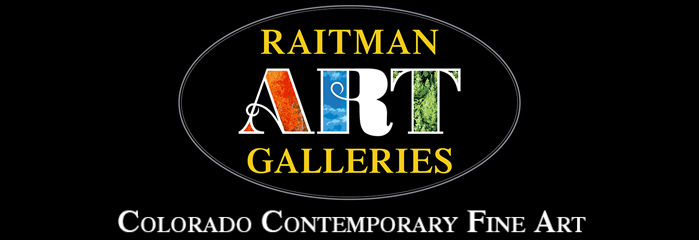Kristof Kosmowski Artist Review
History
Abstract Art has it’s origins in the 20th century after Fauvism, Expressionism, Cubism and Futurism bridged the gap between art and natural appearances. Otherwise known as non objective or non representational, abstract art takes no inspirations from the existing visible world. Beginning with Abstract Expressionism in the 1940s in New York, artists such as Jackson Pollock, Willem de Kooning and Mark Rothko sought to create paintings that exuded emotion without relying on any visible forms of inspiration. These groundbreaking works of art shattered artistic norms and offered viewers a chance to find meaning in the abstract.


AYellow-Red-Blue, 1925
Wassily Kandinsky

Aesthetics
Principals of Art:
Space: Space is created with strong directional lines that separate the composition into noticeable planes. In On the Lake, one strong horizontal line cuts through the composition in the top section of the painting. This creates visual space for the eye to transition in between and nods to the representational horizon line that would be found while looking out on a lake.
Color: Artist’s require a strong understanding of the way colors relate to each other in order to create a successful abstract work of art. In On the Lake, Kristof balances cool blues and greens with warm pops of gold. This complimentary color scheme creates detail, interest and a strong contrast to catch the eye.
Shape: Shapes are often freeform in Krostof’s work. Distortions on horizontal and vertical lines overlapping on one another create serendipitous shapes organically.
Form: Circle is to shape as sphere is to form. Form is often used to create depth, but form is also typically absent in abstract paintings. To overcome the lack of form, Kristof creates depth through color use, perspective, and thick layered application of his medium.
Value: Value relates to the tint/shade of a hue (color). Every color can be tinted by adding white or shaded by adding black. The purpose of considering value in a painting is to help create both dimension and a mood. Differing values of color change the mood in Kristof’s work. In On the Lake, notice the deep blues and how they contrast against the light blues. Theses subtle changes in value make the painting more dynamic and add a sense of depth in the water.
Texture: Kristof uses physical textures by applying the medium thickly with overlapping colors and lines. The created texture becomes evident when one looks closer at Kristof’s work.
Principals of Design:
Balance: Abstract paintings require the artist to create balance through color, value and shapes. Still wanting to meet the traditional standards of the three-to-one ratio, Kristof balances his focal points with negative space in his compositions. In On the Lake, Kristof cuts his composition horizontally into one upper third and the bottom two thirds.
Unity: The unity of a piece is what creates a sense of completeness. The continued line use and layering of medium create unity in Kristof’s paintings.
Variety: Variety is what adds interest into a work of art. Abstract art offers wide opportunities for variety and often relies on it heavily. Variety is created with spontaneity as the medium blends and molds naturally in irregular and organic ways. This intense variety makes every portion of the painting it’s own abstract work of art when viewed up close or far away.
Emphasis: Emphasis is what the artist uses to create a focal point. Focal points can vary viewer to viewer, but a truly successful composition will have one clear focal point that the eye is continually drawn to over and over again. Abstract paintings focal points can be more interpersonal than a representational painting. There is a lot to get lost in when viewing Kristof’s work, and the focal point will vary from viewer to viewer.
Movement: Movement implies motion is a snapshot of time. Movement is created in Kristof’s work through the irregular and varying directional line use which directs the eye to move about the composition.
Pattern: Think of pattern as the visual skeleton that organizes the parts of a composition. This underlying structure uses consistent and regular repetition. You can have both natural and man made pattern. The pattern use in On the Lake is demonstrated with the repeating strong vertical lines.
Perspective: Perspective is what’s creates a three dimensional painting vs a two dimensional painting. In On the Lake, perspective is presented through the diagonal horizon line that interjects across the canvas separating the two sections. Due to the top portion being smaller, it gives the perception of depth as it is further from the eye.
Production
Kristof uses the unique and ancient medium of Venetian plaster on a wooden panel. Composed from crushed marble and lime putty, Venetian plaster’s extensive history dates back to the Romans. Best know from it’s resurgence in Venice during the Renaissance, Venetian plaster is known for its durability and longevity. Kristof creates his own plaster using traditional methods and creates his unique colors with oil paints and organic materials that he grids down and mixes into the plaster. This challenging medium is hard to master, but gives such a unique feel and impression that it is well worth the time it takes to learn.


